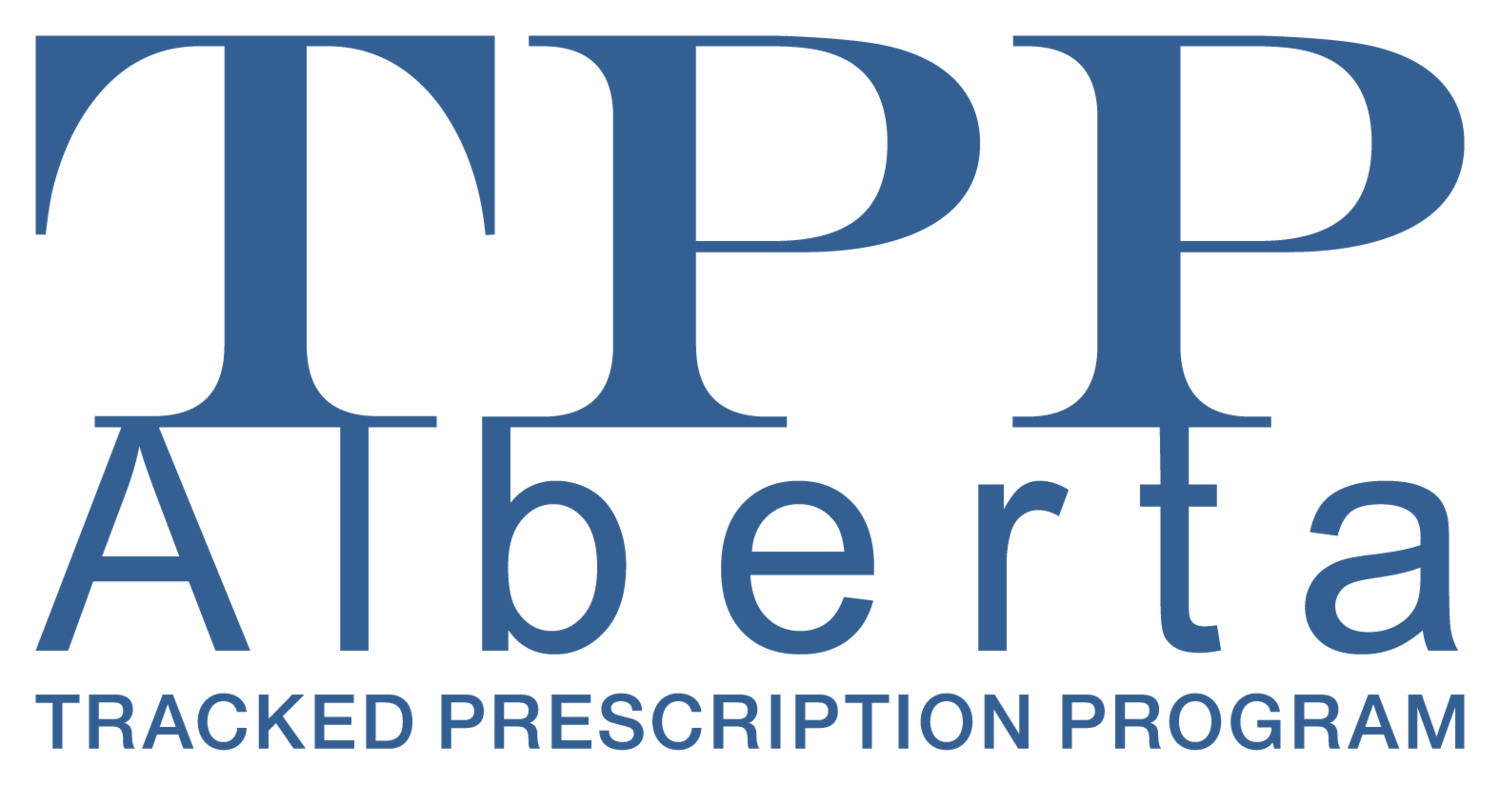Best practices in prescribing
While it may seem like a given, remember the first step before providing any patient care is to confirm the identity of the patient. If the patient hasn’t been positively identified, subsequent phases of care could negatively impact patient outcomes (and even public safety).
Unless you personally know the patient, it is best practice to view their picture identification. If one is not available, two pieces of secondary identification should suffice (e.g., AHCIP card, birth certificate, marriage certificate). Documenting identity verification in the patient record is also recommended.
Identity verification should also be conducted on subsequent patient visits if you are unfamiliar with the patient. Open-ended questions requesting details such as their address, phone number and date of birth could also be asked.
Missing this simple step could result in misprescribing, similar to what occurred between January 2007 and January 2013 in British Columbia, when an impersonator obtained over 250 prescriptions for narcotics from multiple physicians and had them filled at 34 different pharmacy locations.
Common drugs implicated in prescription forgeries include acetaminophen with codeine (e.g., Tylenol 3 & 4), benzodiazepines/z drugs (e.g., bromazepam, zopiclone), lisdexamfetamine dimesylate (Vyvanse) and gabapentin.

